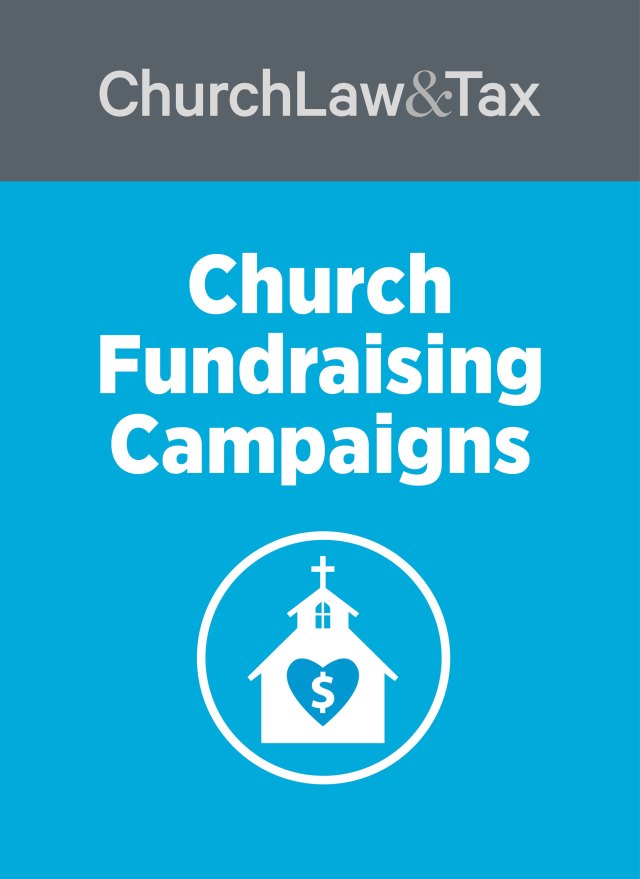Signs of hope are returning on the giving front after weeks of government restrictions and precautionary measures hampered many from gathering in person, according to a new survey of church and religious nonprofit leaders conducted in mid-May.
The survey from the Evangelical Council for Financial Accountability (ECFA) drew responses from 684 churches and 657 nonprofits. Among the church leaders who responded:
- 47 percent said giving in April of 2020 was higher than April of 2019, while 19 percent said it was flat; 20 percent said it was down by as much as 20 percent; 9 percent said it was down between 20 percent and 40 percent; and 5 percent said it was down 40 percent or more;
- 47 percent said total cash donations (excluding one-time “extraordinary gifts”) were up in April 2020 compared with January 2020 (before the pandemic’s fallout hit the United States), while 25 percent said it was flat; 15 percent said it was down by as much as 20 percent; 10 percent said it was down between 20 percent and 40 percent; and 3 percent said it was down 40 percent or more.
- 69 percent expressed optimism regarding the outlook for total cash and donations they expected to receive between May and July of 2020, while 21 percent said they were “uncertain,” and 15 percent said they were “pessimistic.”
These latest results provide a more positive vibe compared to the findings of “The State of the Plate,” a constituency poll conducted in April by several church-serving organizations, including Church Law & Tax. Among the 1,091 church leaders polled by The State of the Plate, two-thirds said their giving declined sharply in March as the pandemic hit the country—with 8 percent indicating drops of 50 percent or more and 9 percent revealing declines of 75 percent or more.
The new ECFA results tend to match findings the organization made in January, when a separate survey on 2020 financial outlooks struck a positive tenor, wrote Warren Bird, ECFA’s vice president of research, in a white paper. “To our surprise, the optimism documented in January is already beginning to return,” Bird wrote in the newest report. “Rough and uncertain waters are still ahead for some, particularly summer camps, schools, short-term missions, and other ministries involving near-term travel and large in-person gatherings. Yet the responses in this report indicate the impact of the pandemic to date is reasonably manageable.”
Along with probing about financial well-being, ECFA also asked leaders about other ways the pandemic crisis, which led to significant general economic hardship across most parts of the country, affected their ministries. About a third of churches said their online giving levels remained steady, but 14 percent said online giving grew 10 percent to 19 percent, 21 percent said it grew 20 percent to 29 percent, and 29 percent said it increased 30 percent or more.
Meanwhile, 59 percent of churches said they applied for the federal government’s Paycheck Protection Program, which offers short-term, low-interest loans to small employers that can convert into nontaxable grants if certain criteria are met. Only 1 percent plan to still apply, while 40 percent said they have no intention of doing so.
As far managing financial hardships through the end of April went:
- 48 percent of churches said they hadn’t yet touched cash reserves, while 20 percent said they used some cash reserves, and only 1 percent said they had exhausted all cash reserves; and
- 81 percent said they kept staffing about the same, with 11 percent cutting the number of hours of part-time staff and only 3 percent reducing the number or hours of full-time staff. Relatedly, 18 percent said they implemented hiring freezes for nonessential roles.
For help with navigating financial management in a crisis, check out our free recorded webinar with CPA Michael E. Batts, a Church Law & Tax senior editorial advisor.





